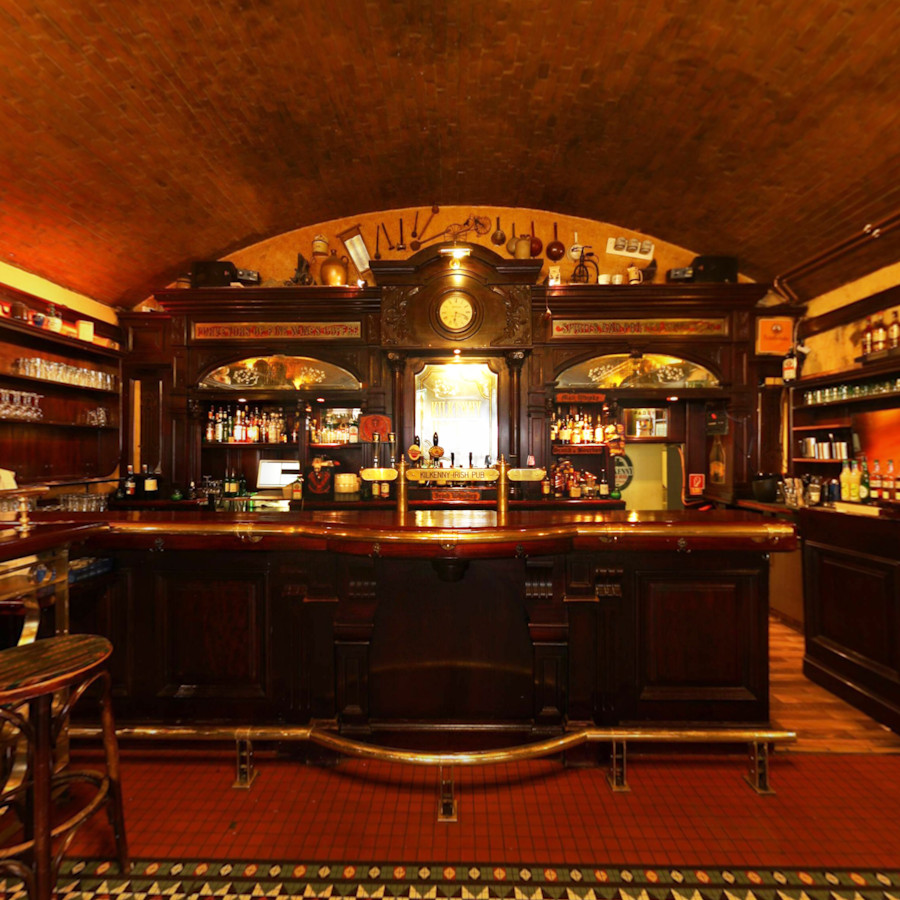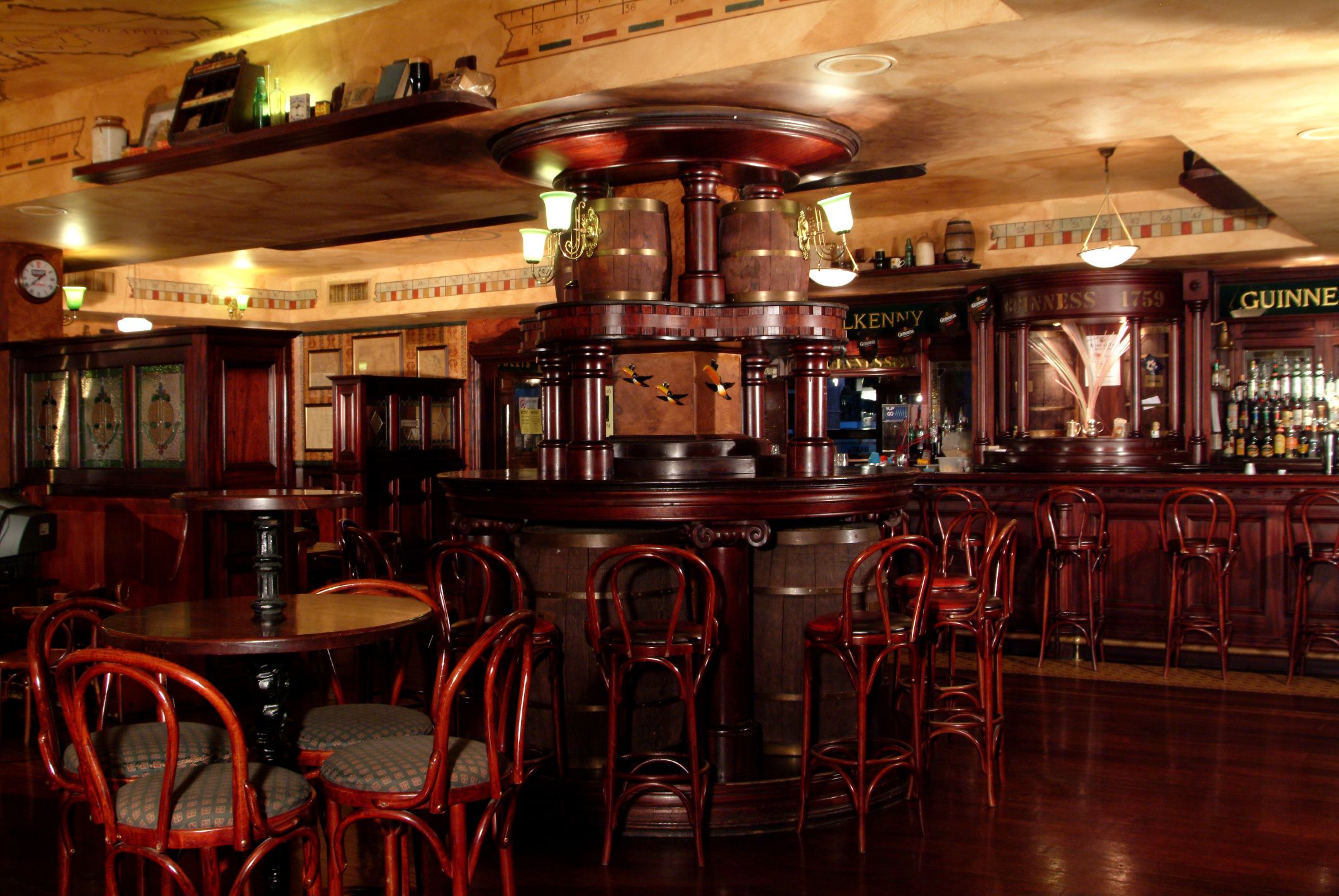
How Historic Pub Architecture Influences Modern Restaurant Design

Imagine entering a cosy tavern with gentle lighting, oak beams overhead, and the buzz of contented conversations all around you. For millennia, people have gathered in bars especially for this experience. Pubs are social hubs where people mingle and unwind, not only places to eat. Though the architecture of these venues has evolved with time, the pub’s core stays the same. Many of these classic pub designs still impact modern restaurant construction.
Historical Context of Pub Architecture
Originally called public houses in medieval Britain and Ireland, pubs have a long history of design development. Pub architecture changed across the Tudor, Georgian, and Victorian eras, adding unique elements including low ceilings, comfortable rooms, and central bars. Often split into intimate settings, like “snugs,” which suited groups or families, pubs were Historic pub designs produced a cozy, welcoming environment using wood, brick, stone, and brass. These architectural elements were meant to encourage social contact, so bars were rather important in British and Irish culture.


Core Elements of Historic Pub Design Making a Comeback
Modern restaurant decor is drawing inspiration from traditional pub architecture, blending classic elements with contemporary design. Many restaurants now feature open kitchens and bar areas, with a central bar becoming a focal point, much like in traditional pubs. Intimate dining spaces, such as private booths or “snugs,” are also gaining popularity for creating a cozy atmosphere. In addition, the use of authentic materials like wood, brick, and metal helps craft a rustic, timeless vibe reminiscent of classic taverns. Layered lighting, a key element in evoking warmth, further enhances the ambiance, creating a welcoming environment for guests. All these design choices not only contribute to a memorable dining experience but can also have a significant impact on your restaurant’s bottom line.
Psychological Impact of Pub Architecture
The design of historic pubs plays a key role in creating a welcoming pub environment that encourages relaxation and social interaction. The cozy, intimate spaces with low ceilings and soft lighting have a psychological impact, making people feel more comfortable and engaged. This type of pub design fosters a sense of community, making pubs an ideal “third place” for socializing outside of work and home. Studies show that thoughtful pub design influences human behavior, helping patrons feel at ease and connect with others.


Contemporary Case Studies of Irish Pub Design
The Irish Pub Company has successfully brought traditional Irish pub design to modern restaurant spaces. A prime example is their work with high-end gastropubs. These restaurants blend traditional pub design features like wooden beams and central bars with contemporary dining styles and creative menus. This mix of Irish pub aesthetics and modern cuisine creates a welcoming atmosphere while offering a fresh experience for diners.
Additionally, fast-casual restaurants have adopted pub-inspired design elements to create comfortable, inviting environments for guests. Features such as wooden furniture, low lighting, and open kitchens help bring the cozy pub feeling into fast-casual dining settings. This trend demonstrates the timeless appeal of Irish pub design.
Restaurants from other cultures, like those in the U.S., are also incorporating Irish pub features such as dark wood, brick walls, and cozy booths. These elements recreate the welcoming Irish pub atmosphere, showing that this design style is universal and still widely loved worldwide.
The Irish Pub Company’s Contribution to Global Pub Architecture
The Irish Pub Company is a leader in the world of authentic Irish pub design. With over 30 years of experience, they specialize in combining traditional Irish pub features with modern design elements. Their collaboration with Guinness has been instrumental in creating authentic Irish pubs that blend rich history with contemporary style.
Some of their standout projects include the Trinity Irish Bar in Vienna, the Irish Whiskey Museum in Dublin, and Punch Tarmey’s is the largest in Liverpool. Each of these projects exemplifies the company’s ability to blend traditional pub features like wooden furniture, low ceilings, and brass fixtures with modern designs.
The Irish Pub Company offers a full-service approach, handling everything from concept creation to pub construction. Their design process ensures that clients receive not just a visually appealing pub but one that operates smoothly and profitably. With over 2,000 pubs designed worldwide, The Irish Pub Company remains a trusted partner in the hospitality industry, delivering authentic Irish pub experiences that continue to thrive in the modern world.

Future Trends in Pub-Inspired Restaurant Design
As times change, pub-inspired restaurant design will continue to evolve. One trend is sustainability. Many restaurants are looking for ways to use eco-friendly materials while still keeping the traditional pub look. We will also see more technology being used in these spaces. For example, digital menus and smart lighting could be added, but the overall feel of the restaurant will still stay cozy and welcoming.
Whether you’re working on a new project or just passionate about great design, there’s never been a better time to draw inspiration from pub architecture. Why not bring those timeless elements into your own space and create a place where people can connect and enjoy each other’s company? Start designing a space that feels like home.